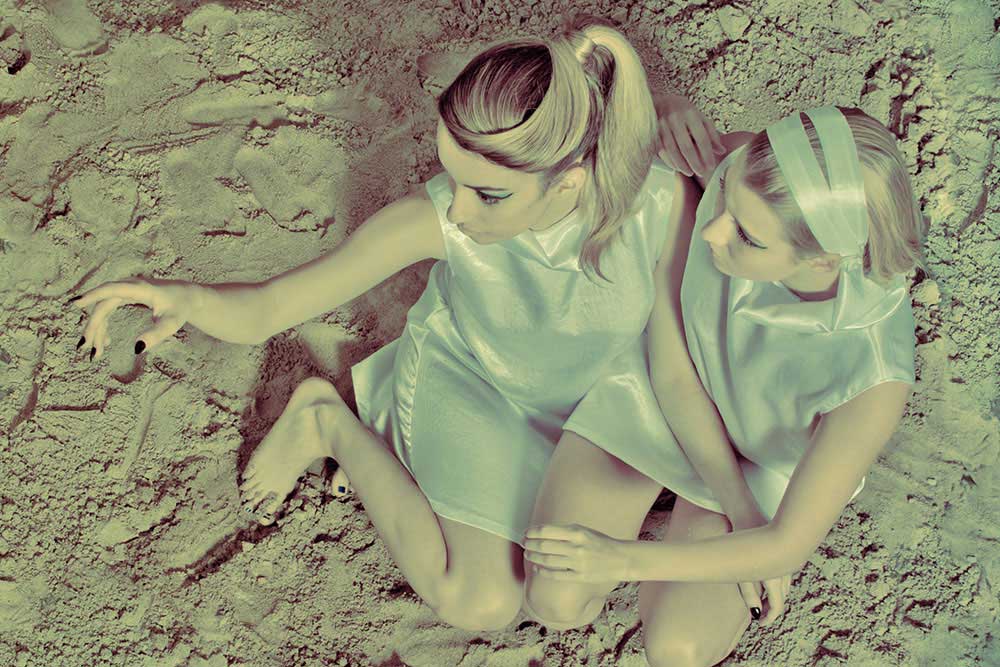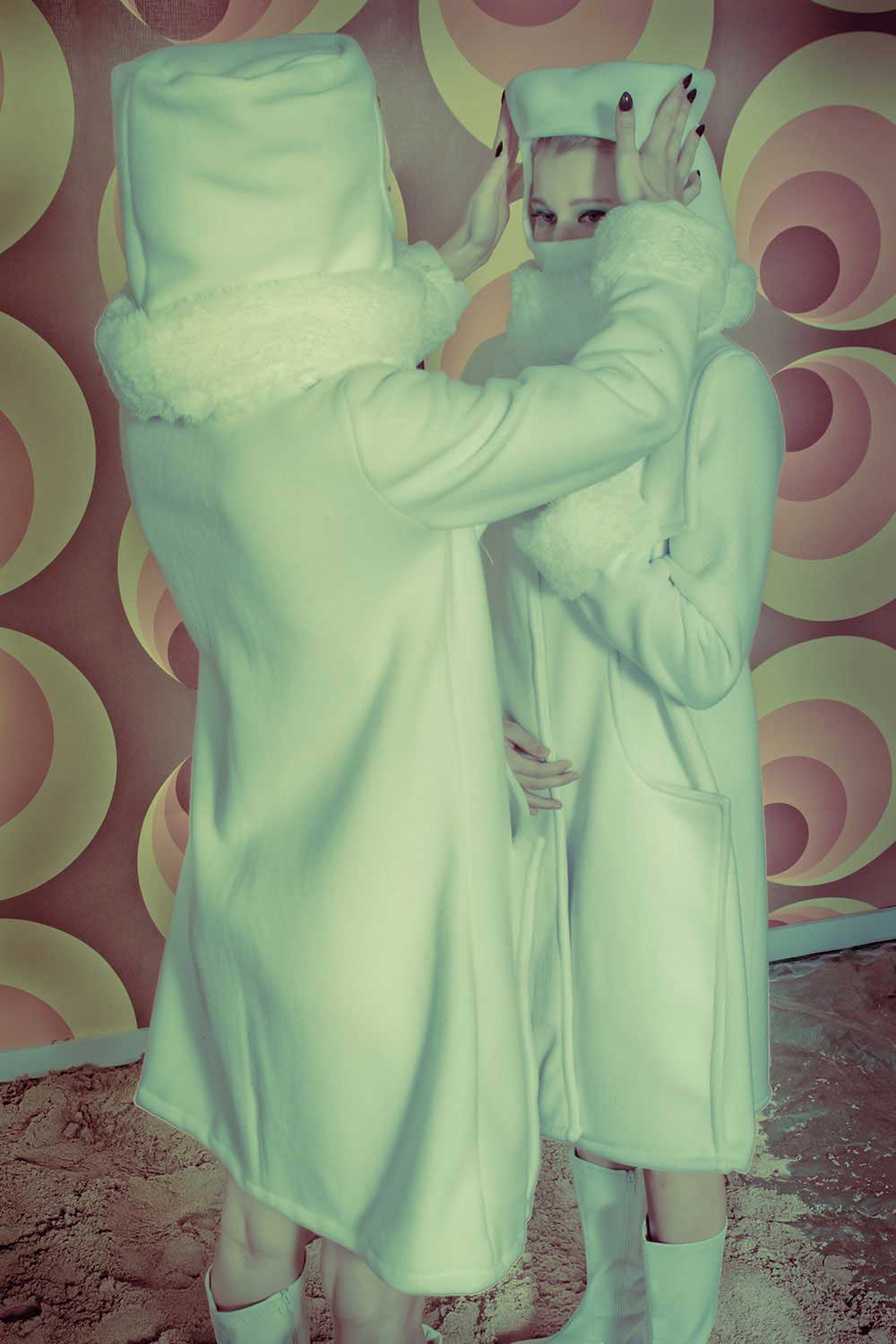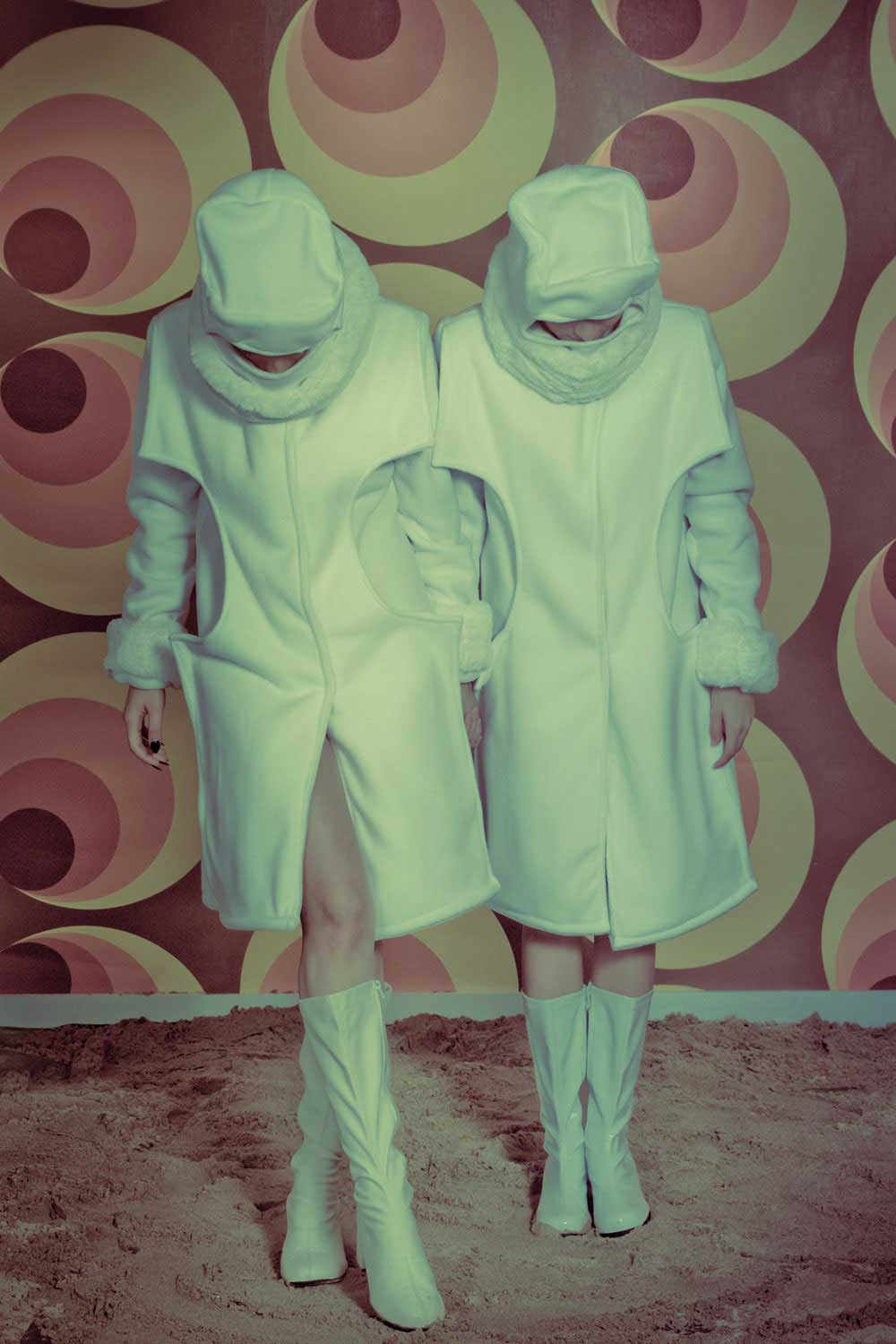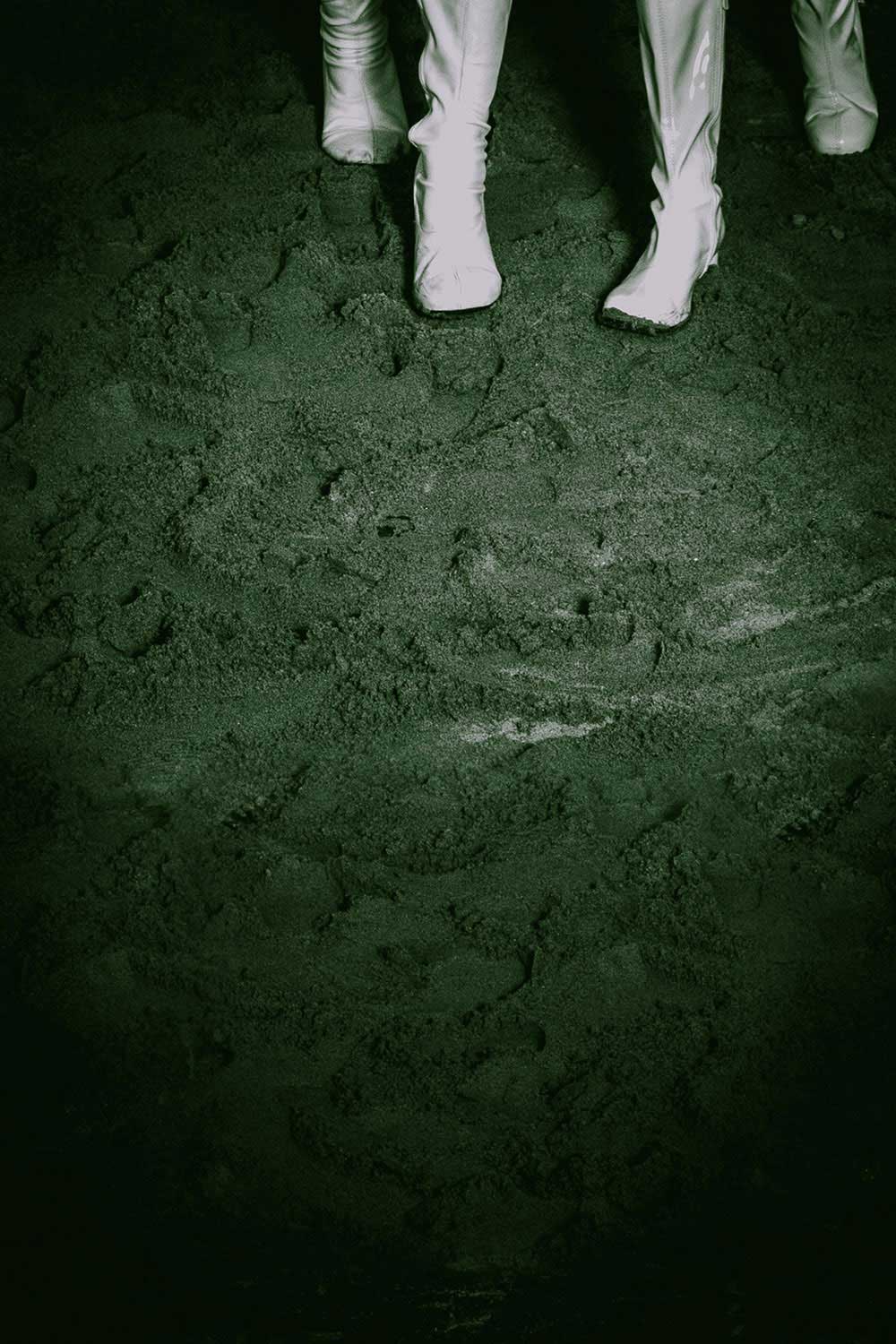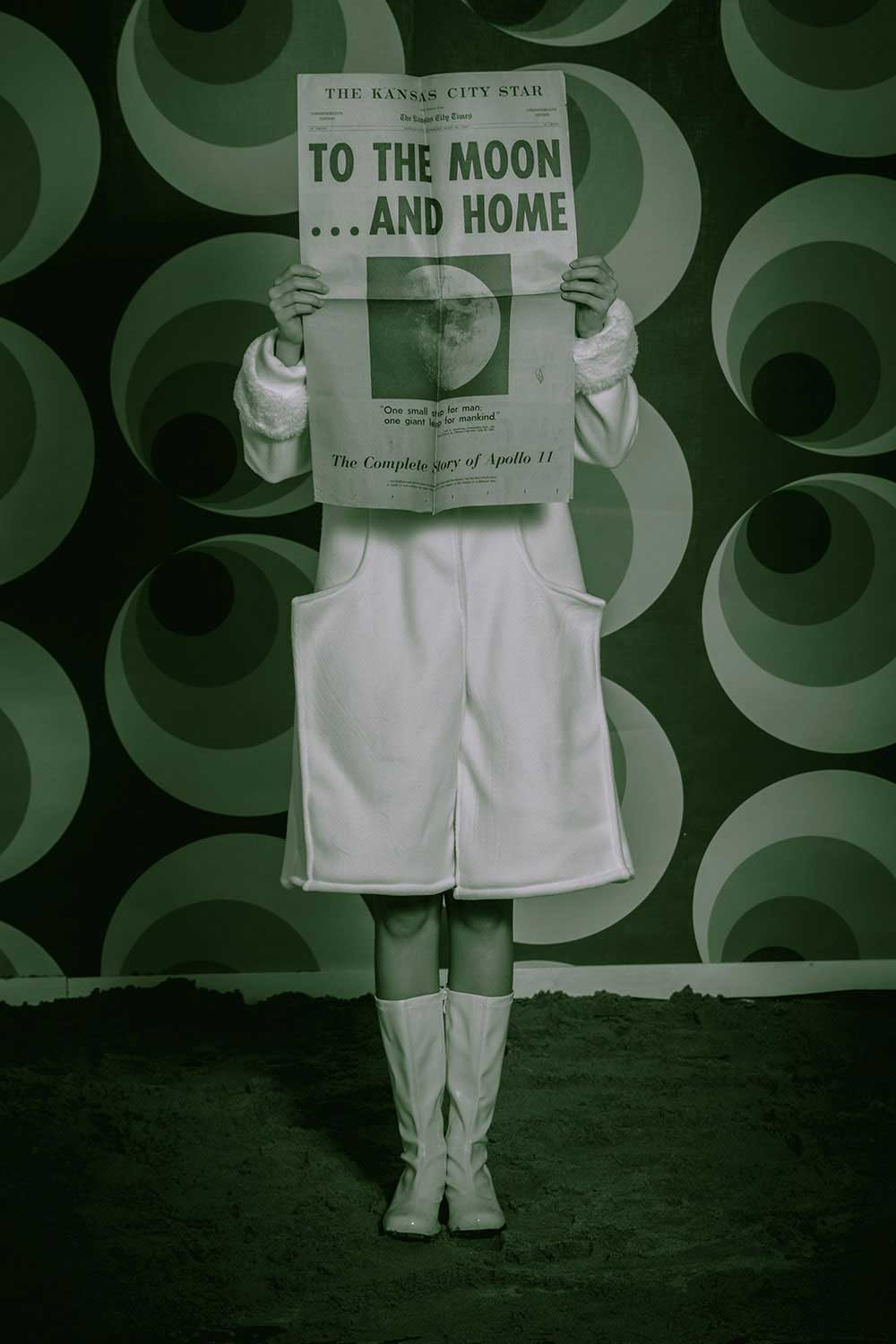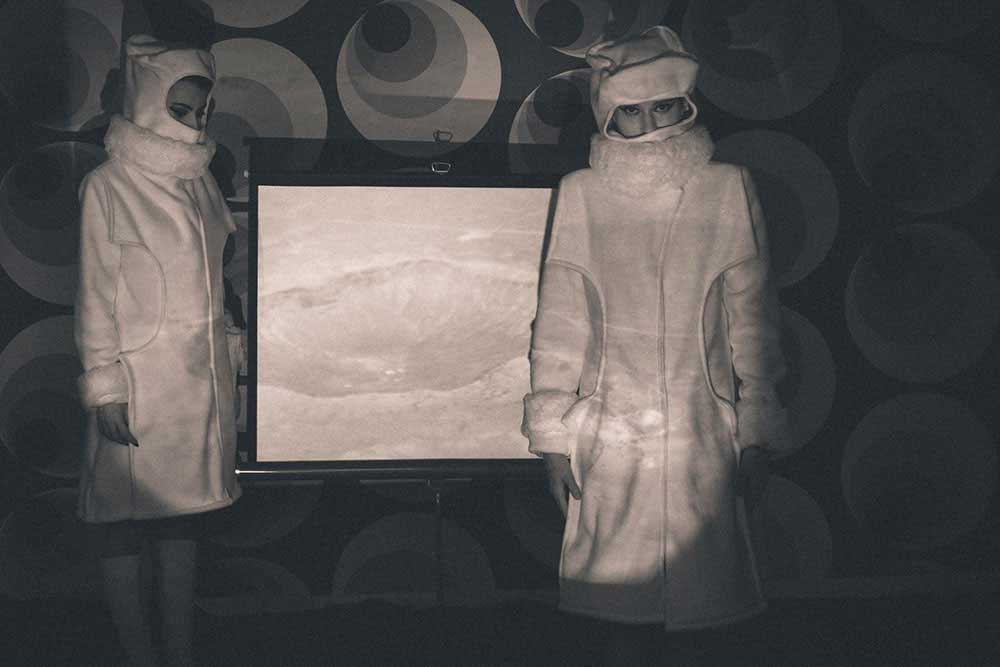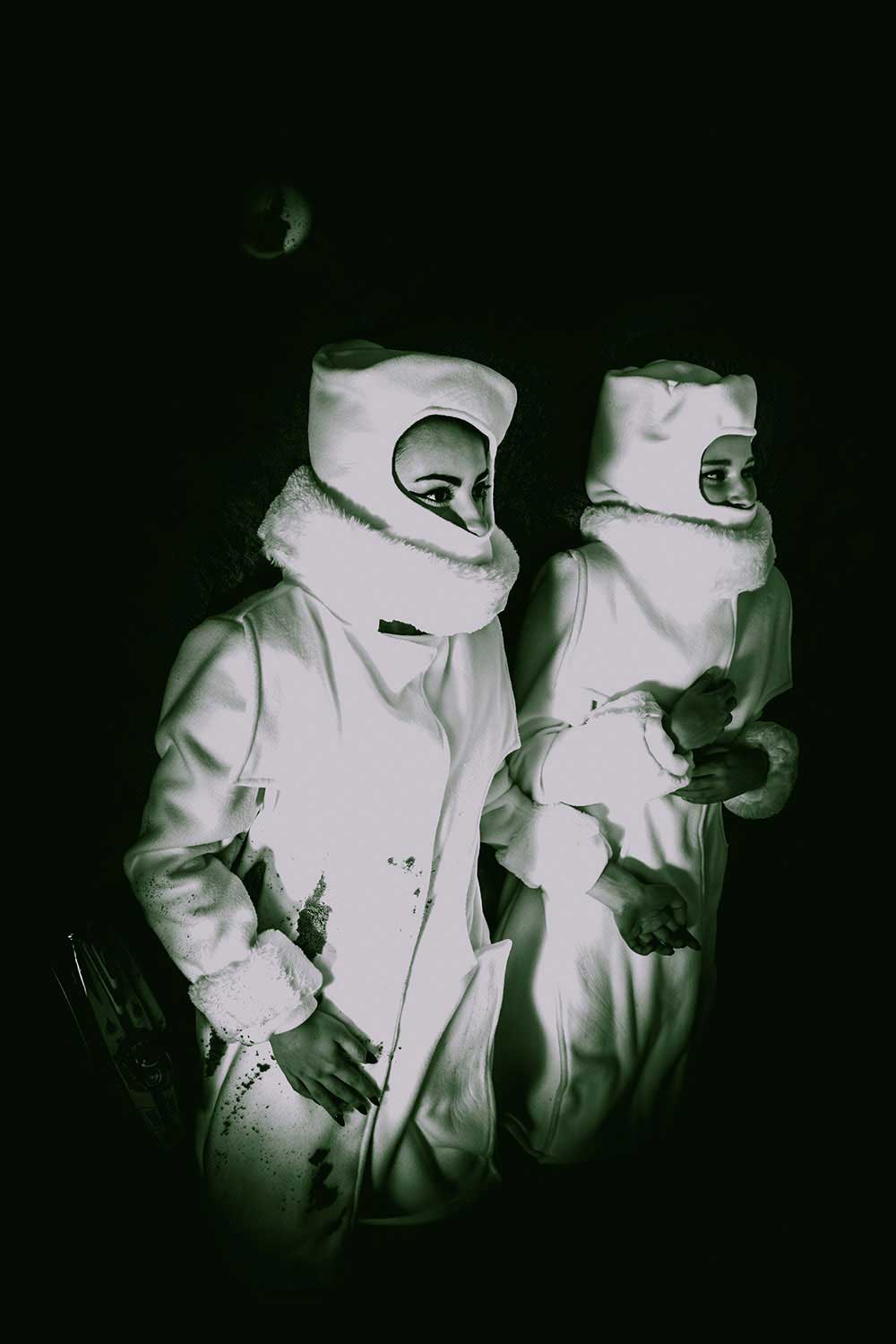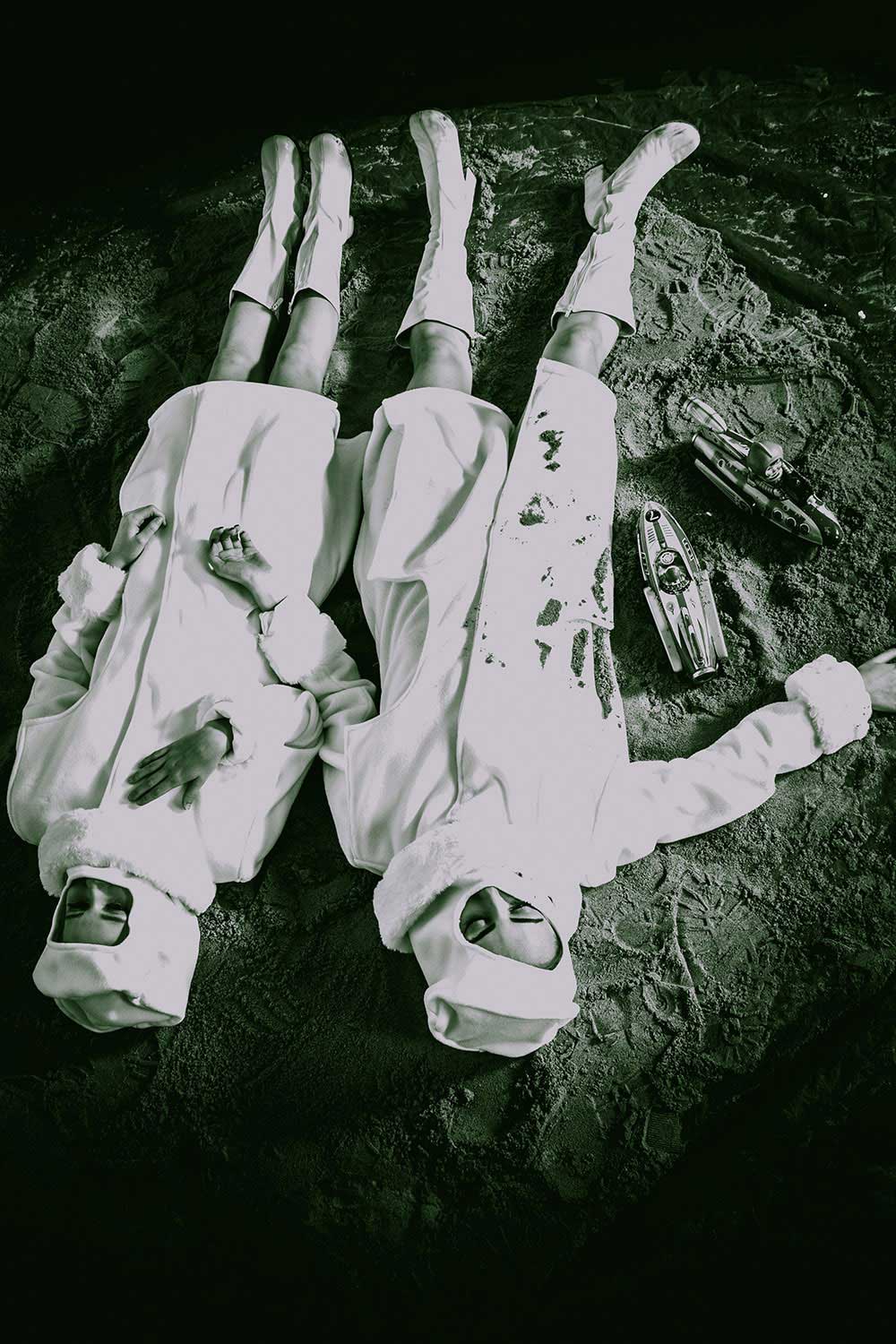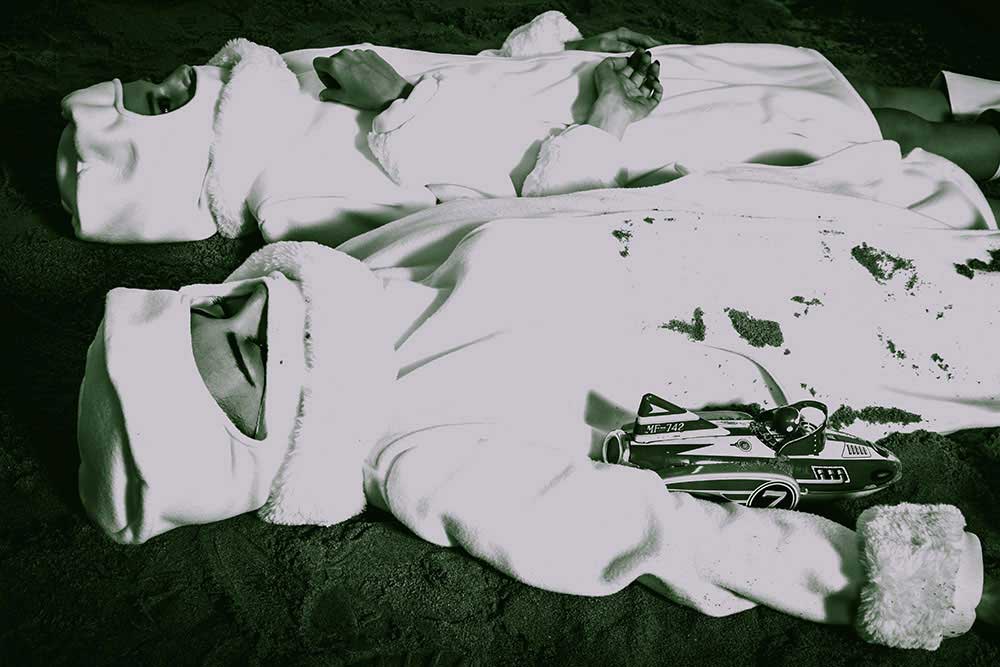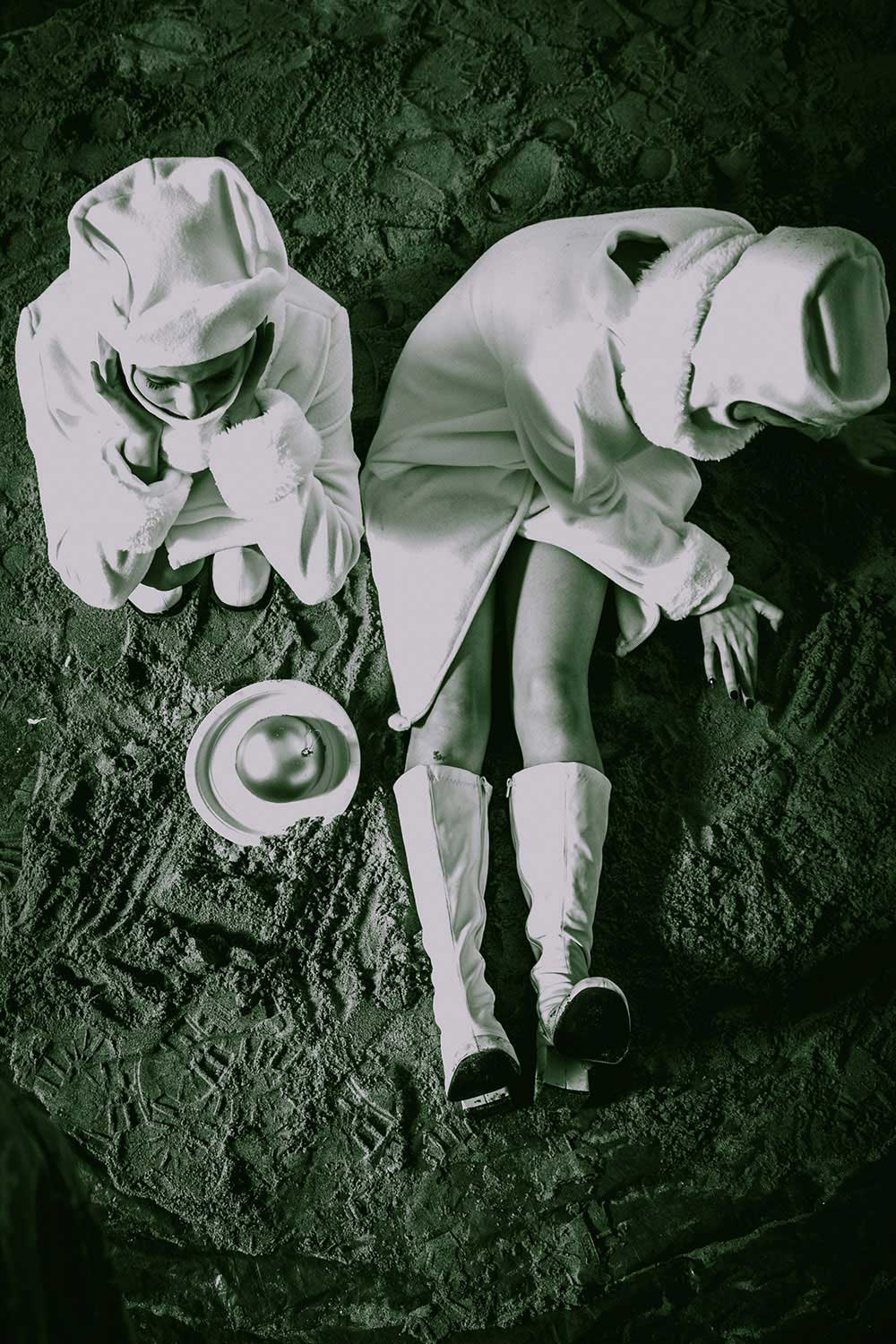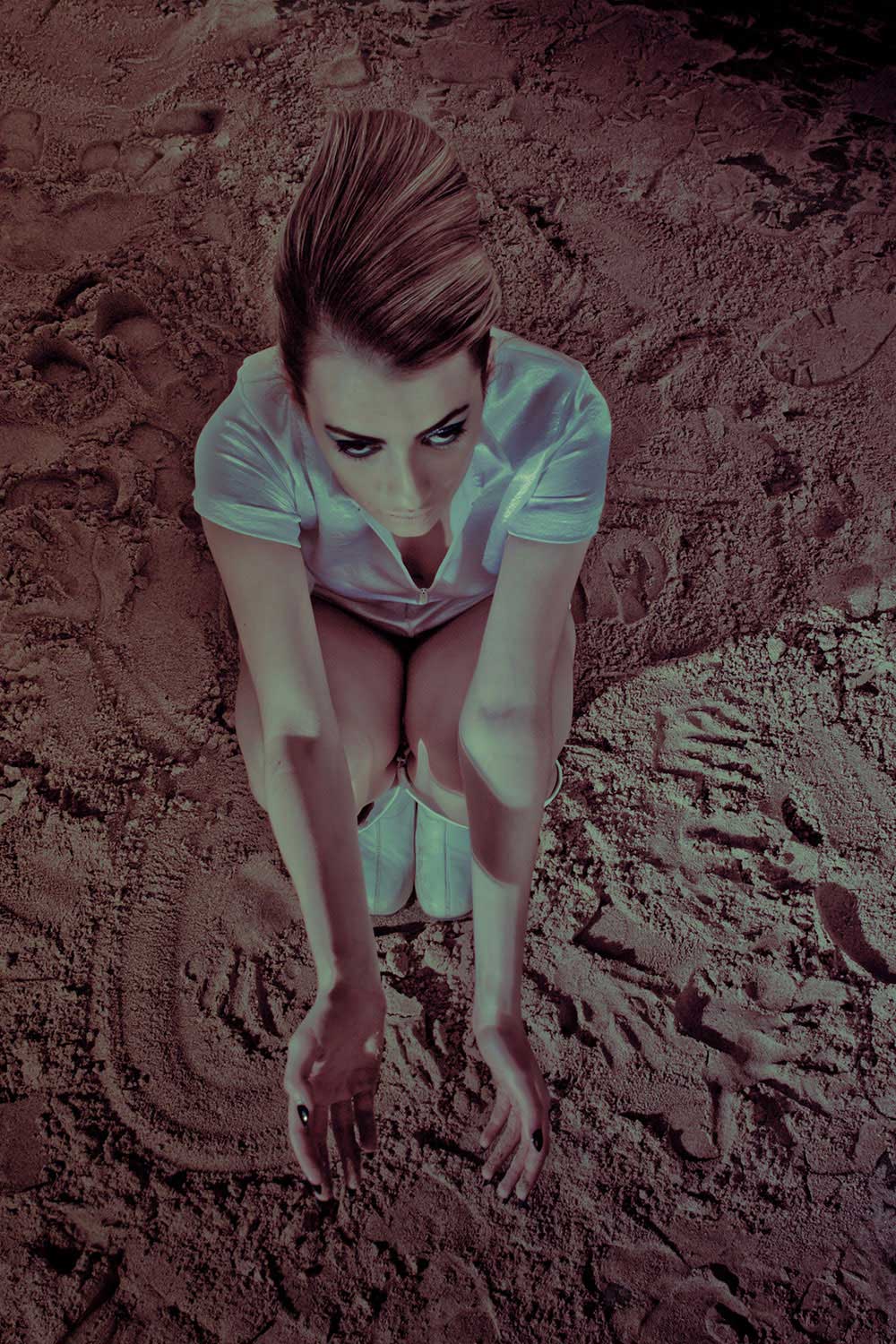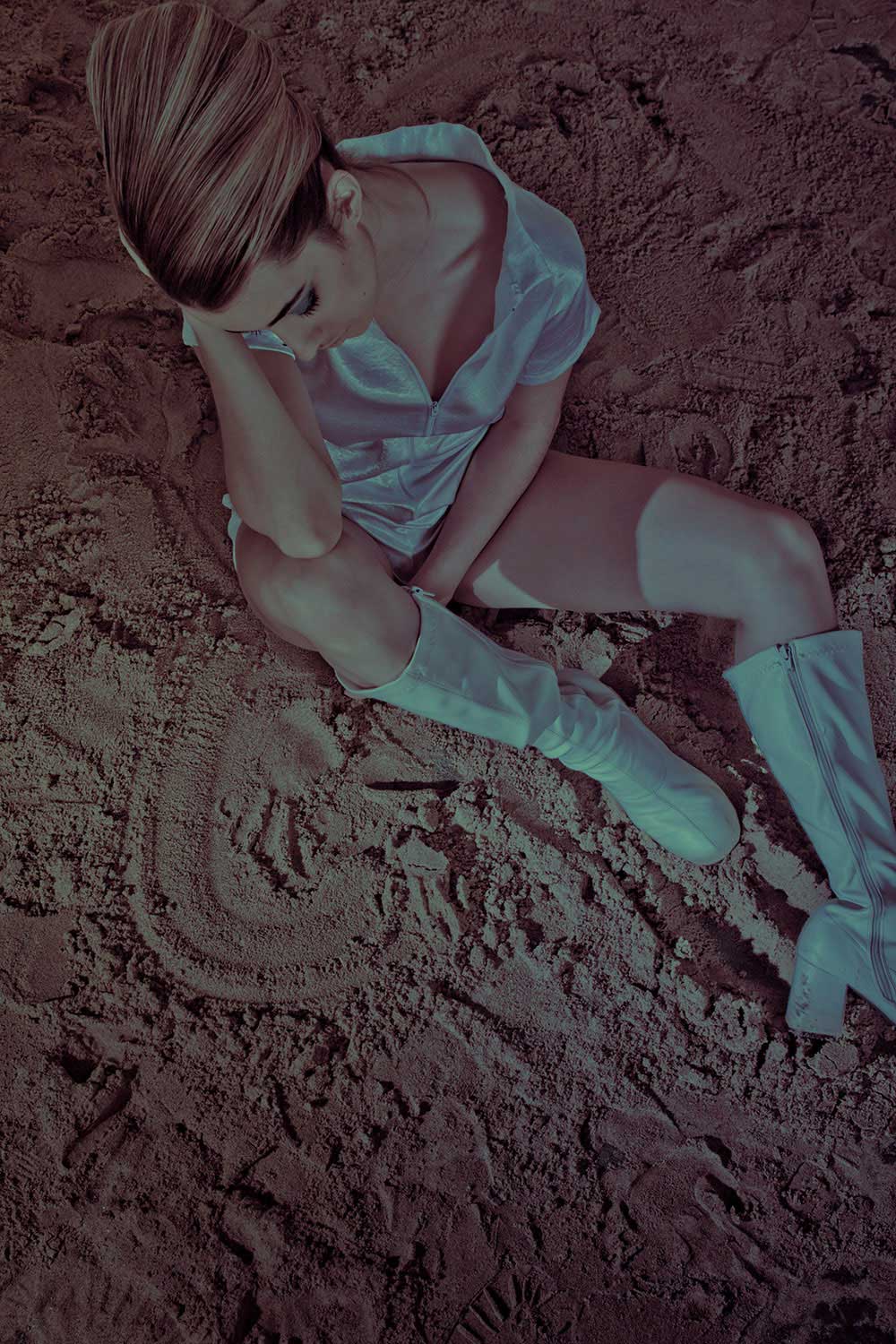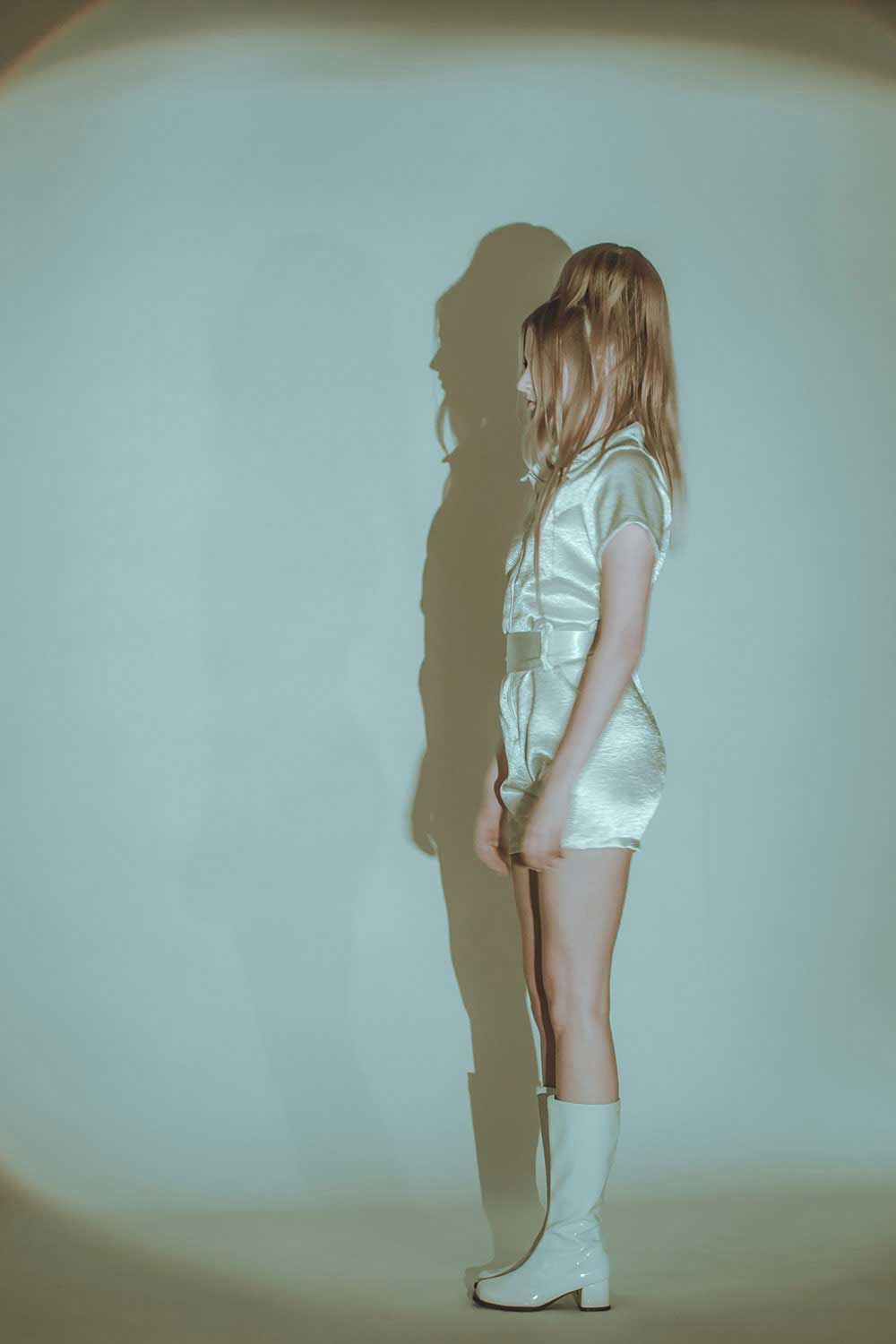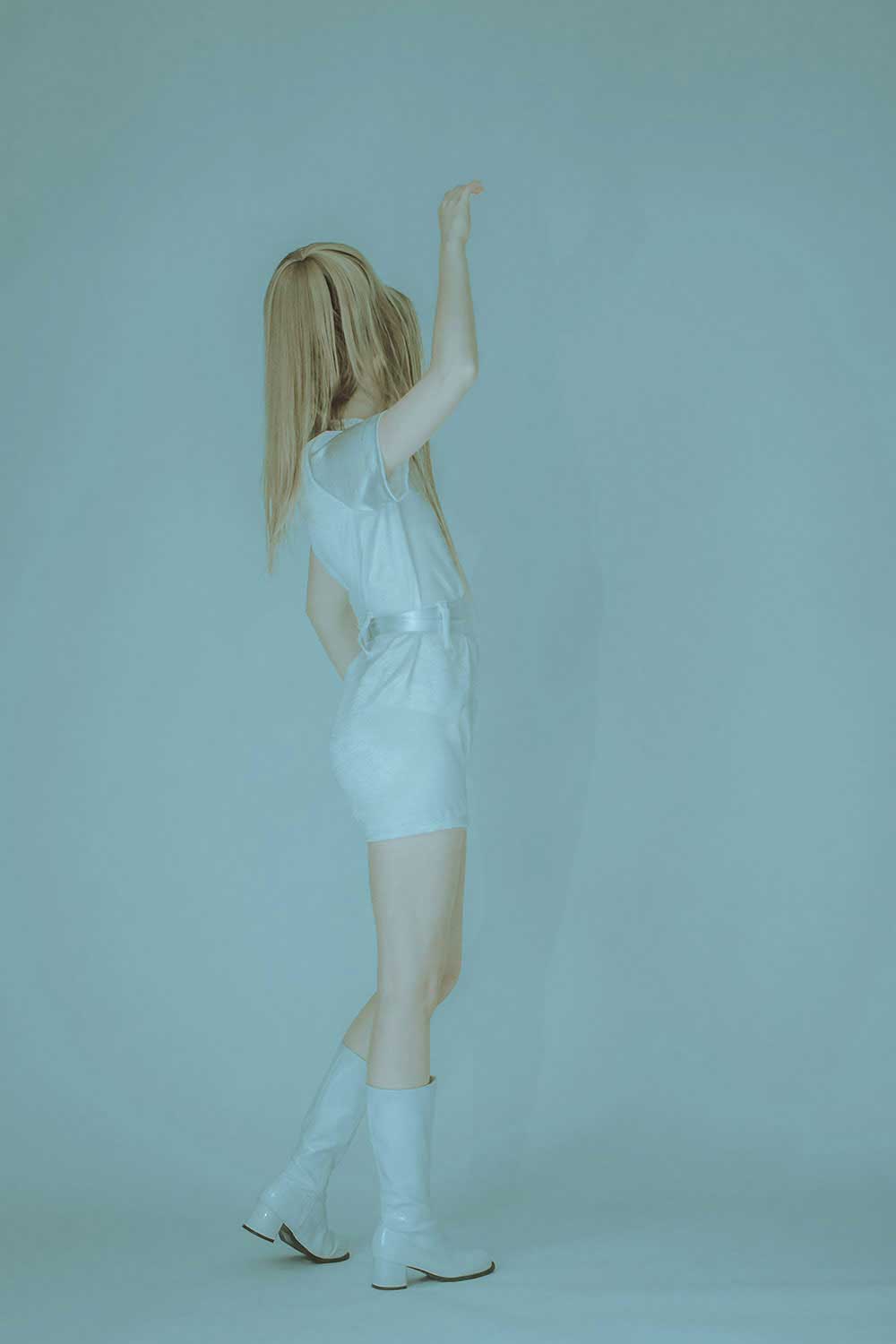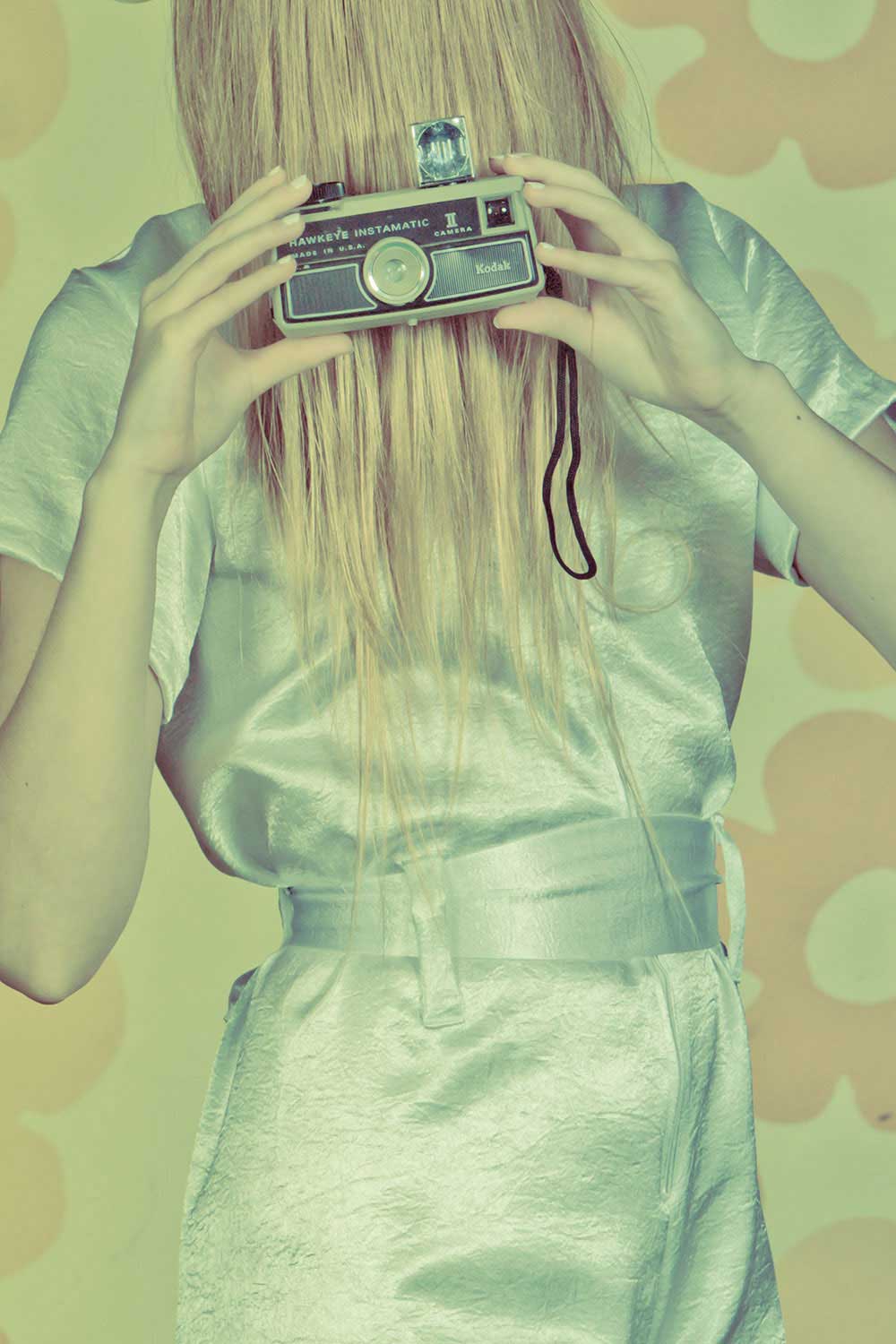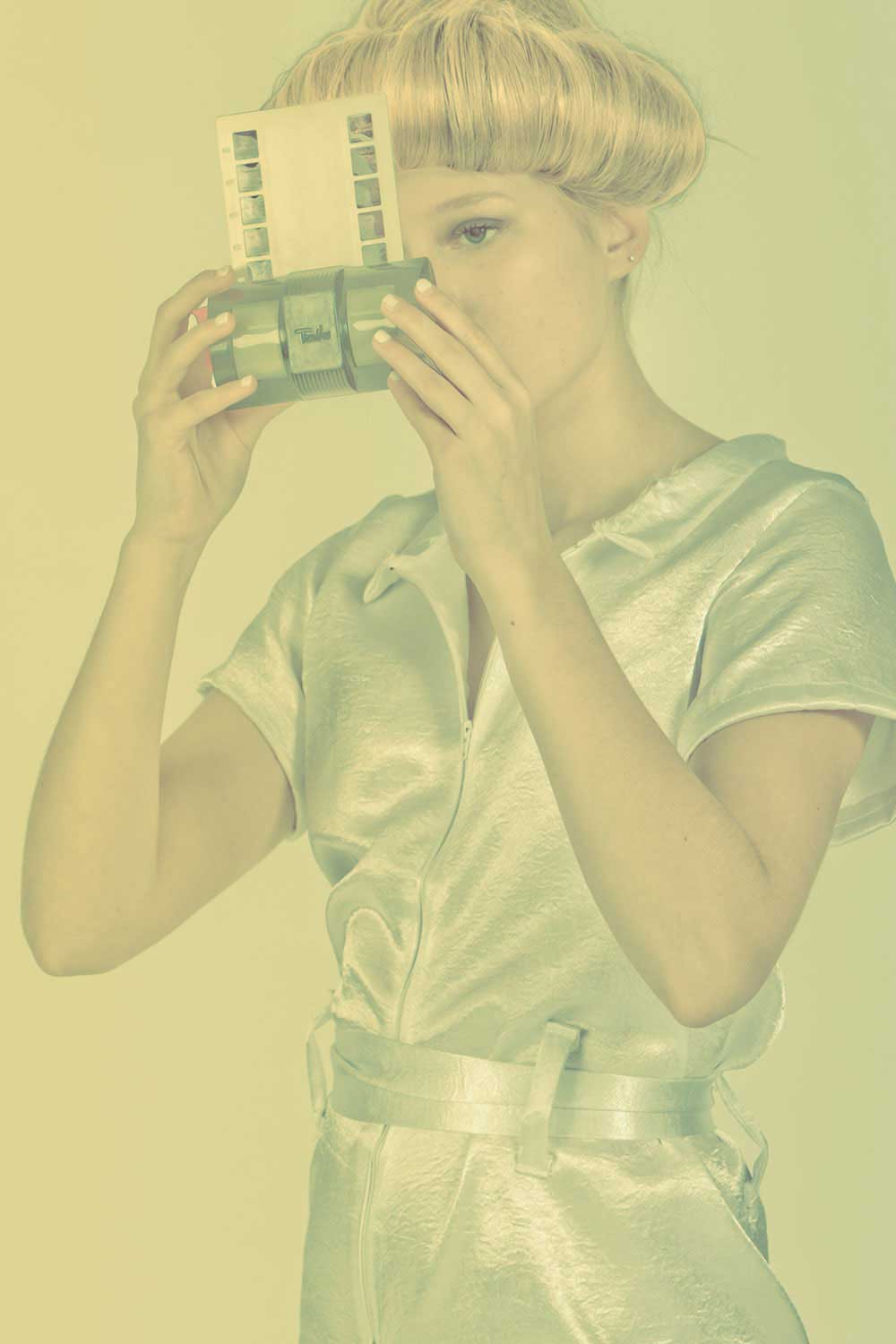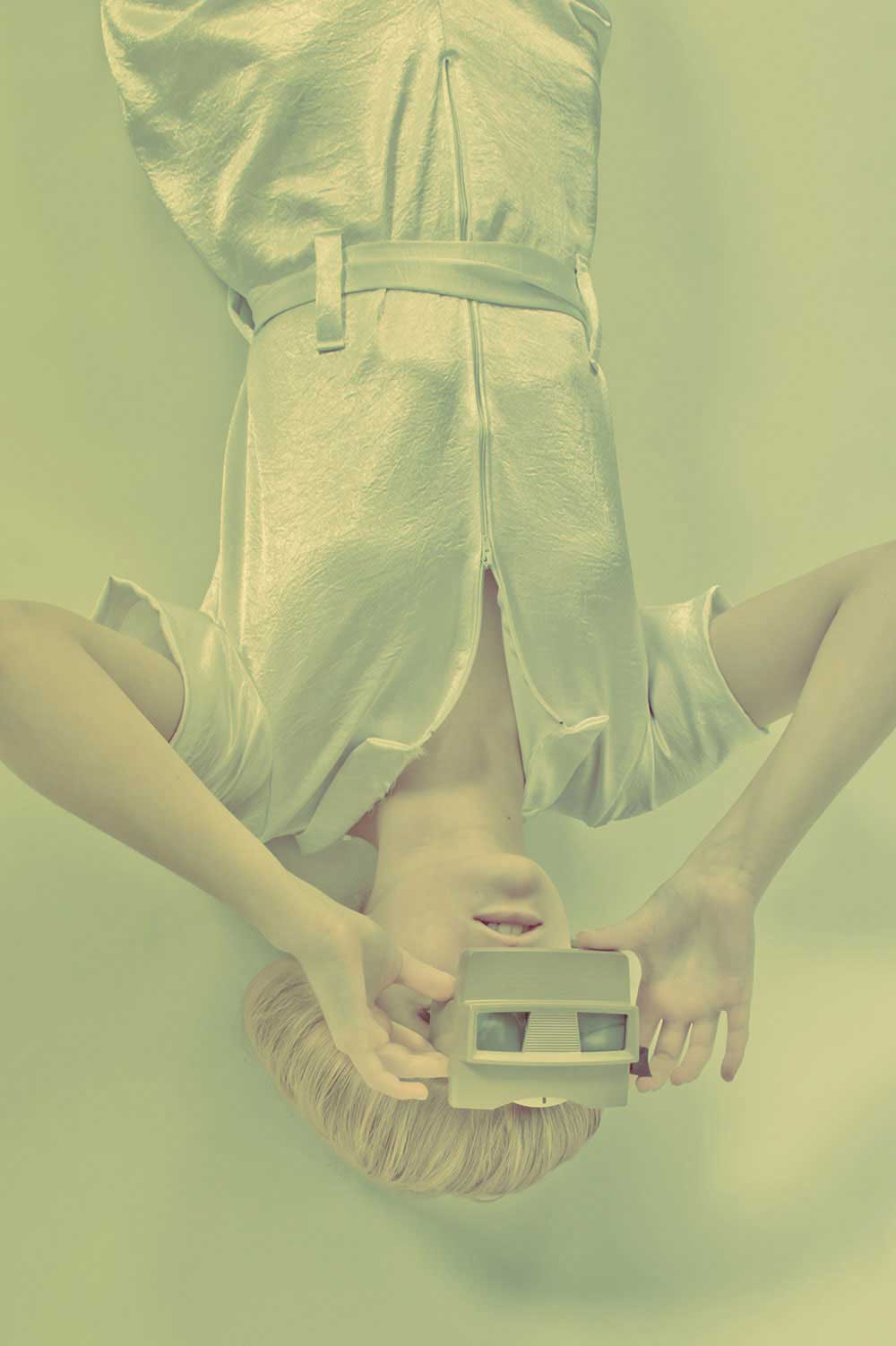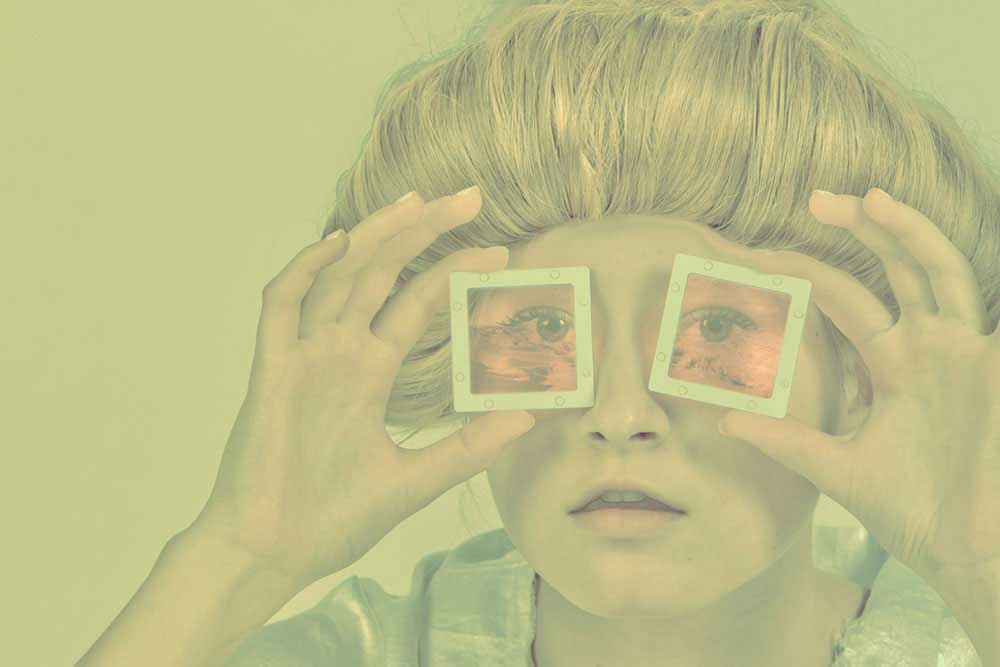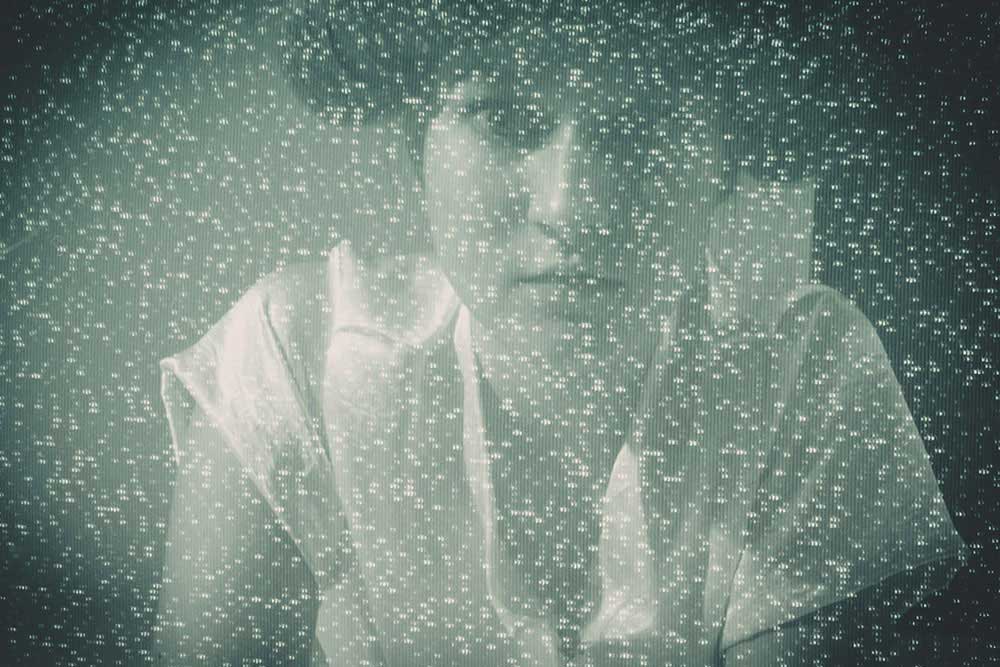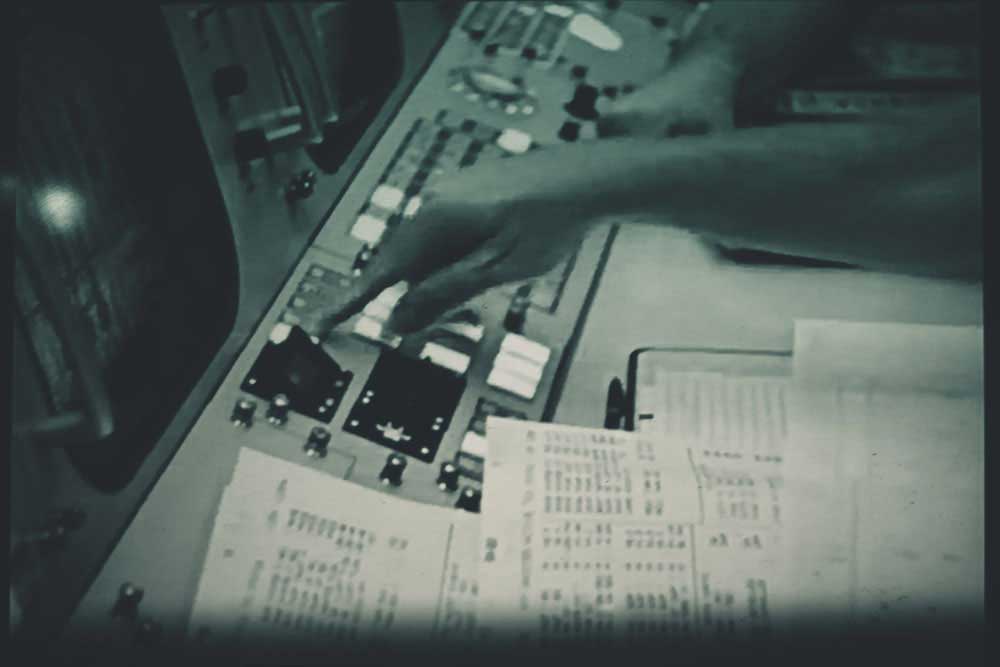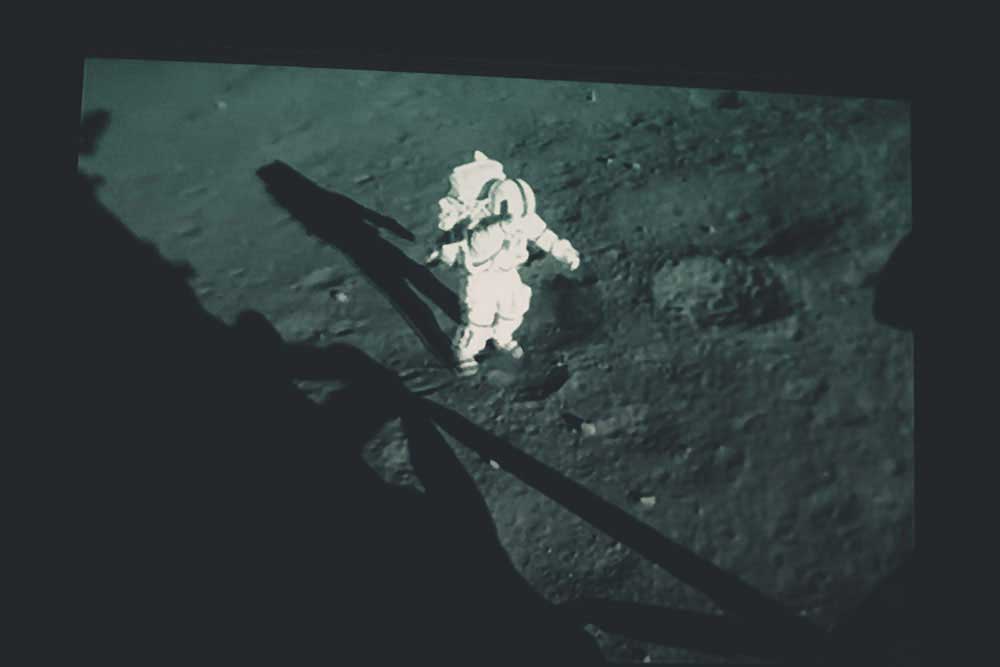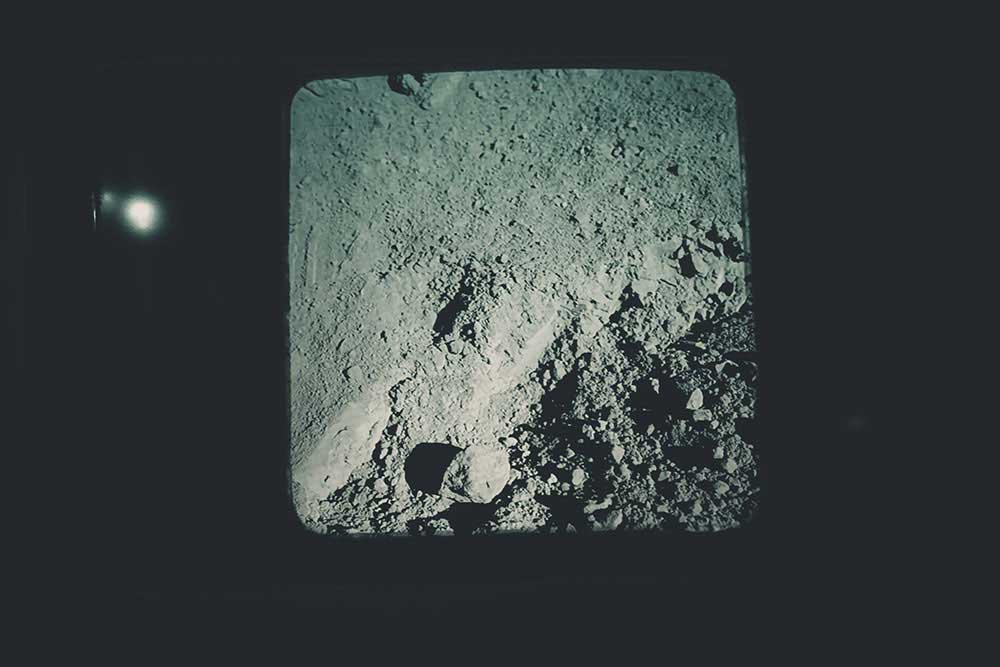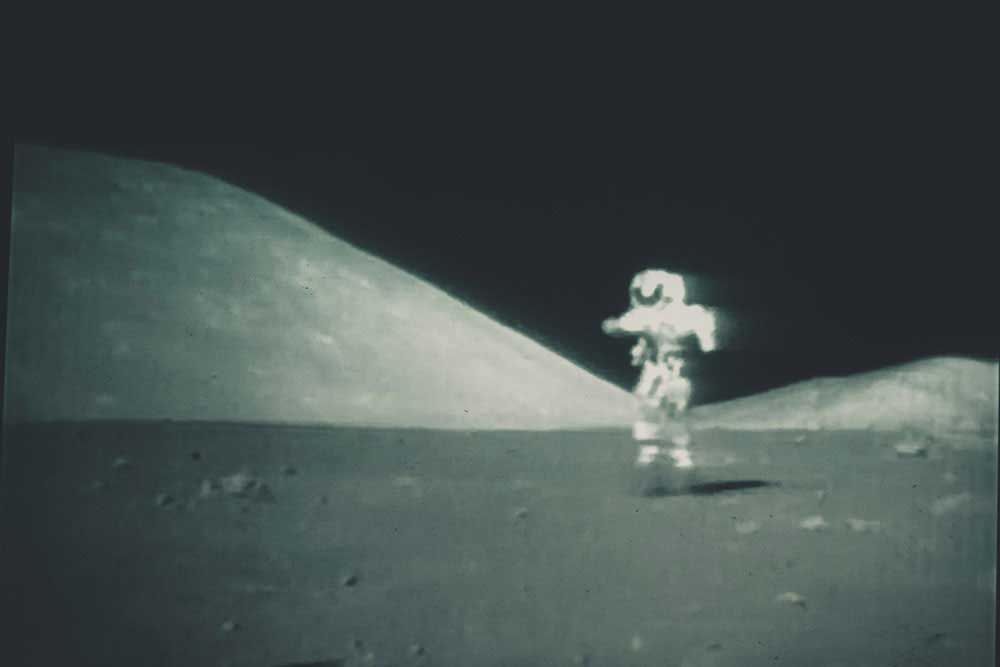July 1969 – Lena and Denisa were enthusiastic and glued to the black and white TV watching the live broadcast of the Apollo 11 moonlanding…
I don’t think there is a memory more burned into my brain than that of Apollo 11, and the moon landing July, 20 of 1969. I remember my entire family was glued to the television. My parents were together on the couch, my baby brother curled into my mother’s arms. My sister sat beside me, her back up against the couch while her long legs were stretched out in front of her. And I laid on my stomach, sprawled out on the carpet floor.
Wanting to get as close to the flickering screen as I possibly could. My brother, born only a few months prior, began to cry and my mother quickly took him out of the room to feed him or put him to bed. I wasn’t sure which, I was too fascinated with what was going on in front of me to care. I was very young at the time, and didn’t really understand what was happening my father had to explain a lot of it, but a part of me didn’t care to listen.
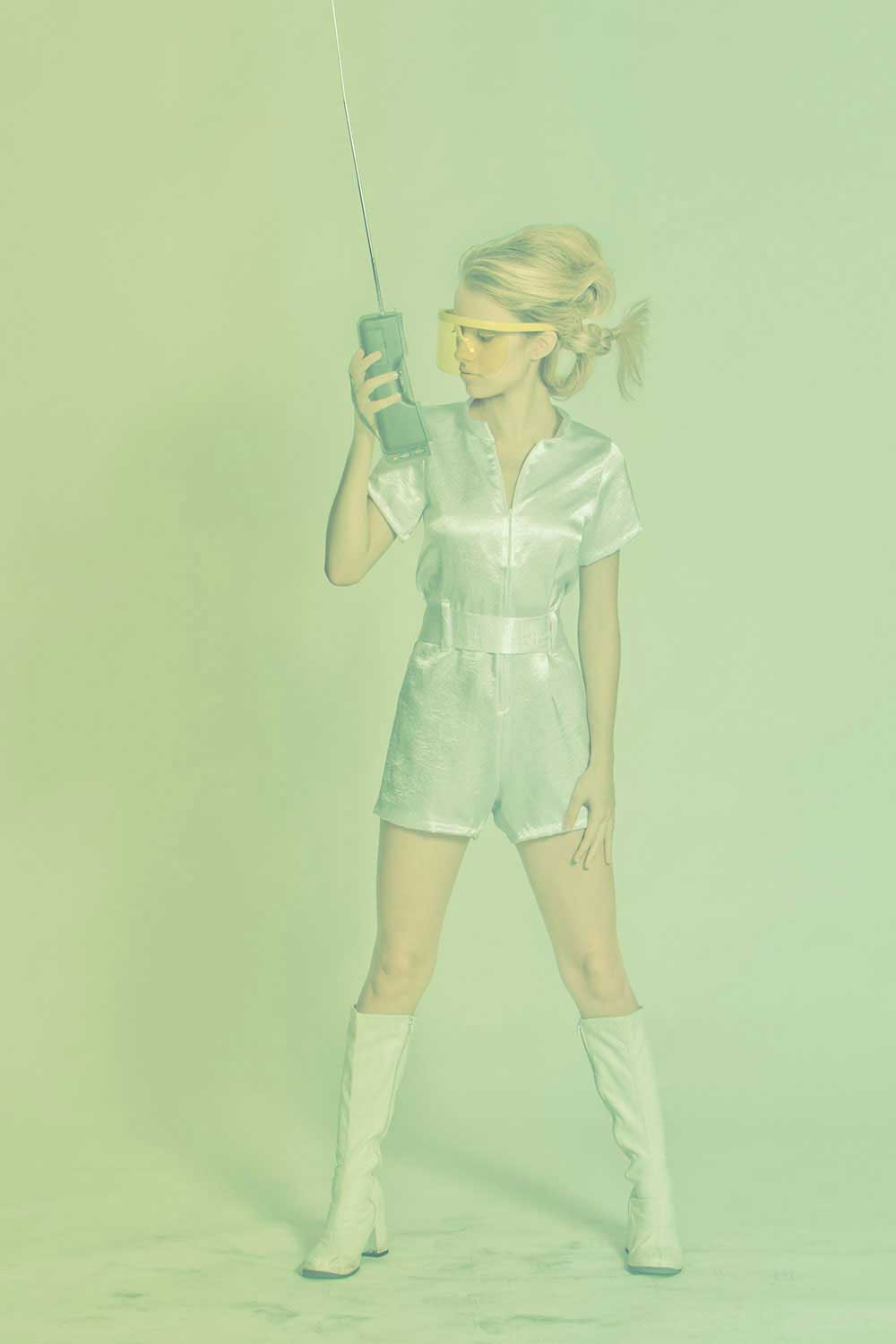
Also I was very new on earth, so didn’t really know that These things like flying to the moon or landing on the moon was new For the majority of the world population too. All I knew was that I wanted to be up there some day. Up in space. It all seemed very glamorous.
The men from NASA that were on the screen wore suits with ties around their necks, and they talked about their intricate diagrams and specific models. They showed pictures and talked in what seemed to me like riddles, but I ate it all up. I could feel the excitement that was laced in their words, their tone of voice. I was growing impatient, afraid my insides would crawl out of my own skin right then and there. This was it, I thought, This was the beginning of the future.
My future.
For the majority of the time, the broadcast was split between the people at NASA and the news anchors. Clips of the base station were shown. Everyone looked so focused. They stared at their computer screens, and talked into their headsets. At the time, I remember thinking about how modern it all seemed. The technologywas new and different to me. The way all the buttons flashed and buzzed. It was all too surreal to be really, truly, happening. Surly this was a dream, or a science fiction movie.
It couldn’t be real.
Then the countdown began. The shuttle was now being shown. Even on our tiny television screen, I could tell it was huge. Bigger than my house, bigger than my school…
Ten
My mother rushed back into the room. She stood in the doorway now and was feeding my brother a bottle.
Nine
My sister inched closer to the television. Her eyes were wide and shined much like I imagined the stars in space did.
Eight
We all grew silent. Even my baby brother seemed to be watching, thought I knew he was more clueless than I was.
Seven, Six
Something was happening. The shuttle began to hum.
Five, Four
Bright lights began to glow underneath the shuttle. The humming sound grew louder, and louder.
Three, Two
The lights burned brighter. They were flames, I realized.
One, Zero
“Lift-off, we have a lift-off!” The television announced. And we did. The shuttles lowly crept away from its support. It lifted off the ground, and into the air. The news anchor was back, going on and on about what a beautiful site it was. The camera followed the shuttle as it sprung into the sky, going further and further off the ground.
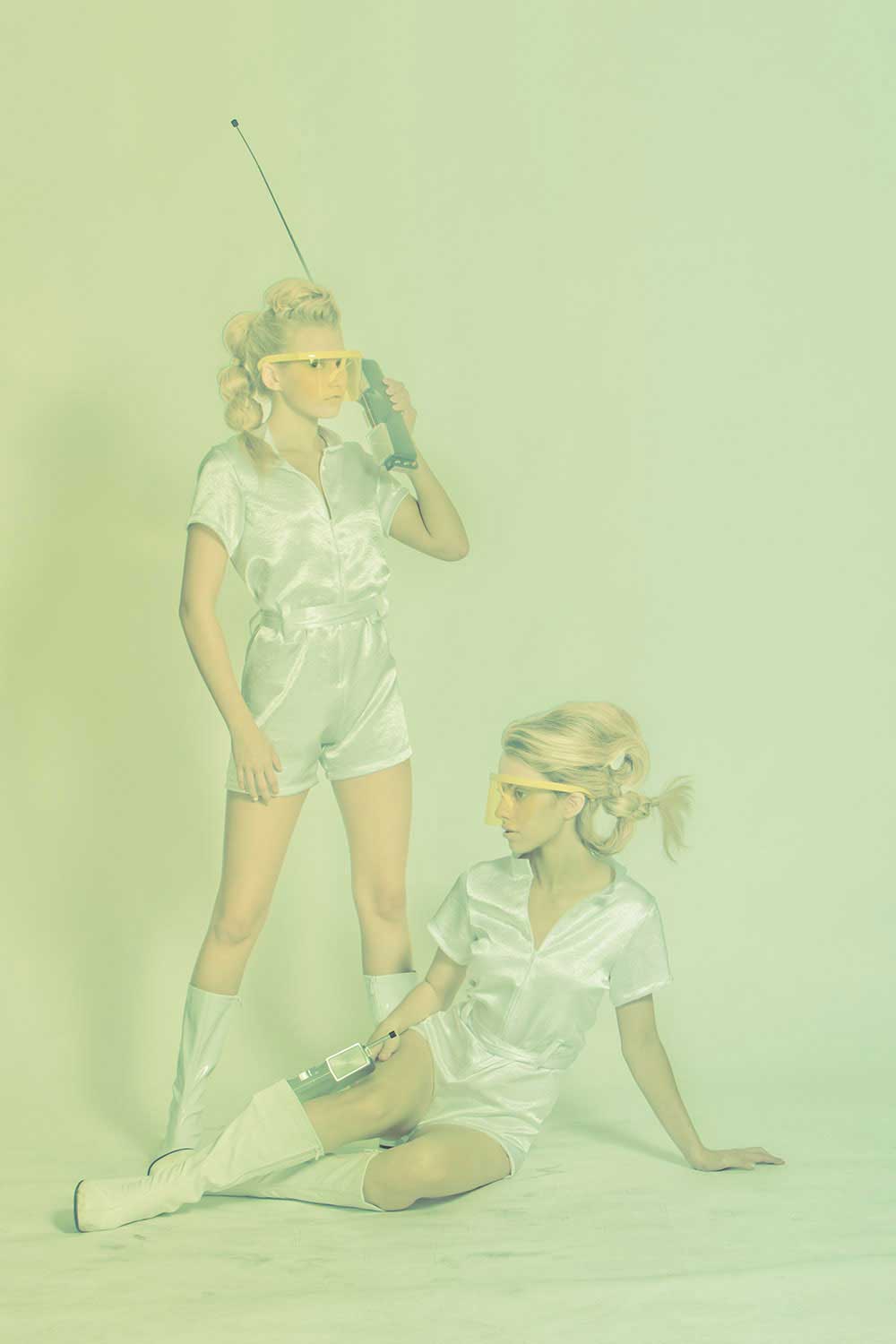
The flames continued to dance beneath the shuttle and I imagined what it might be like to be sitting or standing nearby. I thought about how the earth must have shook. How the noise must have made it impossible to hear what anyone was saying. Soon the cameras on earth lost sight of the shuttle, and all that was left were images of the bright blue morning sky. My parents insisted we went on with our day. There were chores to be done, summer projects to finish. But we kept the television on. Sometimes my sister and I would sneak back inside the house after playing in the yard, and we’d creep into the living room to listen to whoever was on the air. Of course, we’d be caught almost immediately and sent back outside to play some more.
I remember laying in the front yard, ignoring my neighbors requests of playing tag, or riding our bikes, and I’d stare up at the sky. I knew I was nowhere near where the shuttle had launched from, but I still hoped I would be able to see it up there. Just a glimmer, a flicker, of the shuttle. My father had left for work shortly after the shuttle launched. He came home in the evening, while I was lounging in the grass, and in his hands was a battery operated tin space capsule he had bought for me. I sprung up from my spot in the yard, and took it from his hands. It was red and silver, and shaped like an upside down ice cream cone, but with a flatter end on top. He showed me how to open it, and inside was a tiny astronaut figure.
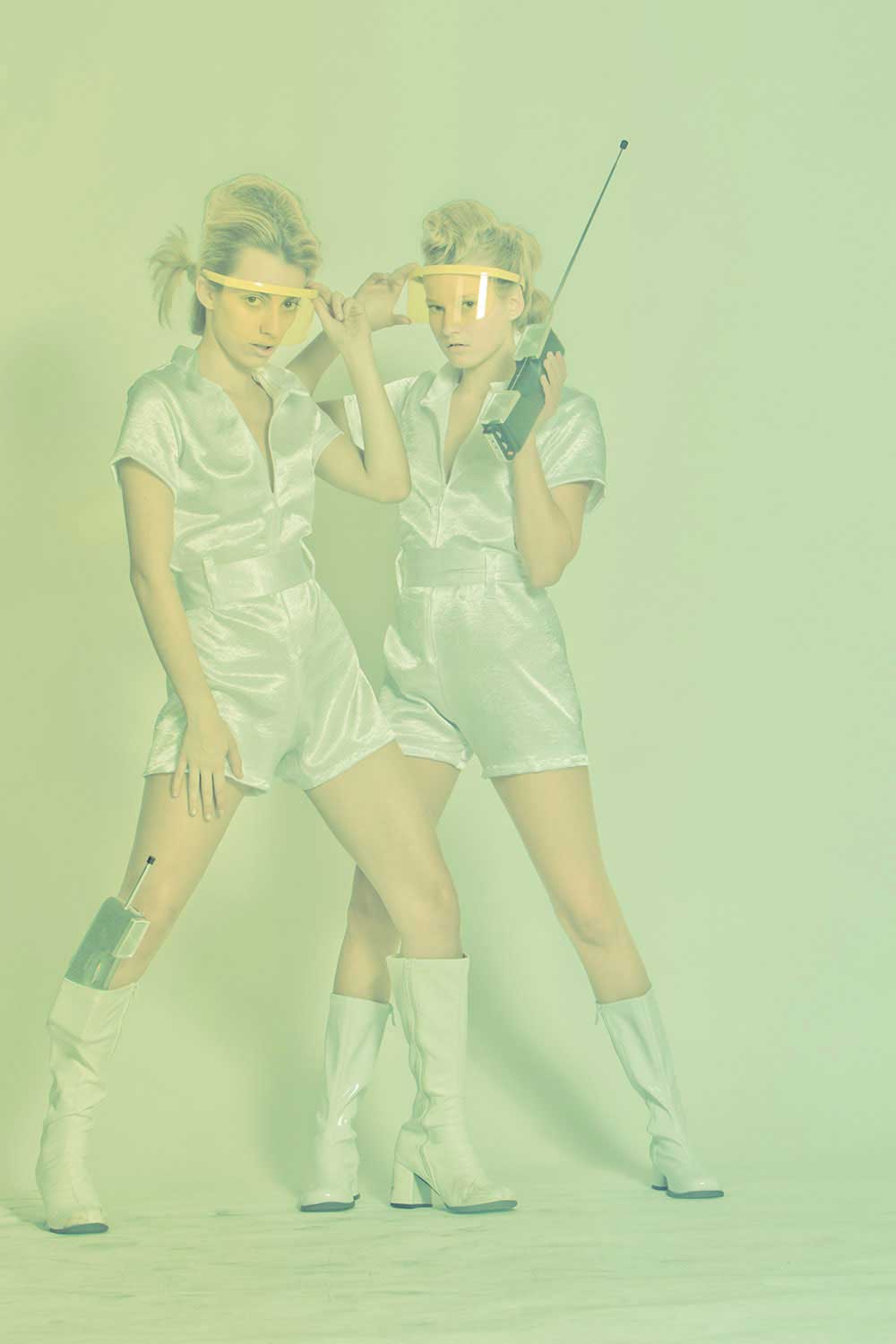
For the next few days, I played with nothing else. Over the next days there was always live broadcast on TV, and there was always the time the screen turned dark and the transmission got interrupted.
Finally, on July 20th, Apollo 11 landed on the moon.
There was a countdown, similarly to when the shuttle launched, but I wasn’t as excited this time. It wasn’t as flashy. The flames weren’t as bright, the men on the television didn’t sound as excited. Looking back, I think it was because of how focused they must have been. But at the time, I decided I wasn’t really too impressed about what manhood had just accomplished. I assumed this was a normal occurrence. Something that happened all too often.
I had overheard my mother and father taking earlier in the week. They mentioned how the United States would always be the ones to do the impossible. And, of course, I believed that. There was this race going on between Russia and the USA but – It was the same country that created Lassie, Flipper, Mickey Mouse… Obviously we had to have the smartest people, the coolest cars and biggest skyscrapers. Or at least, that’s what I thought.
I went to bed that night, leaving my space capsule on my bedside table, rather than tucking it in beside me as I had done the last few nights. I closed my eyes, believing I was over my whole space fascination. But, that night, I dreamt of becoming an astronaut myself. I dreamt of the sparkly, silver dress I would wear under my space suit. I dreamt of the stars, and the planets. I dreamt of orange and red flames, and floating through space, and all sorts of wonderful things. I dreamt that I left my shuttle and walked across the moon. The surface reminded me of sand, it was cold against my fingertips, but I didn’t care.
When I woke up, there was a grin on my face. I looked over at my tin space capsule on my nightstand, and I picked it up, and set it beside me on the bed.
Perhaps, I hadn’t given up on space just yet.
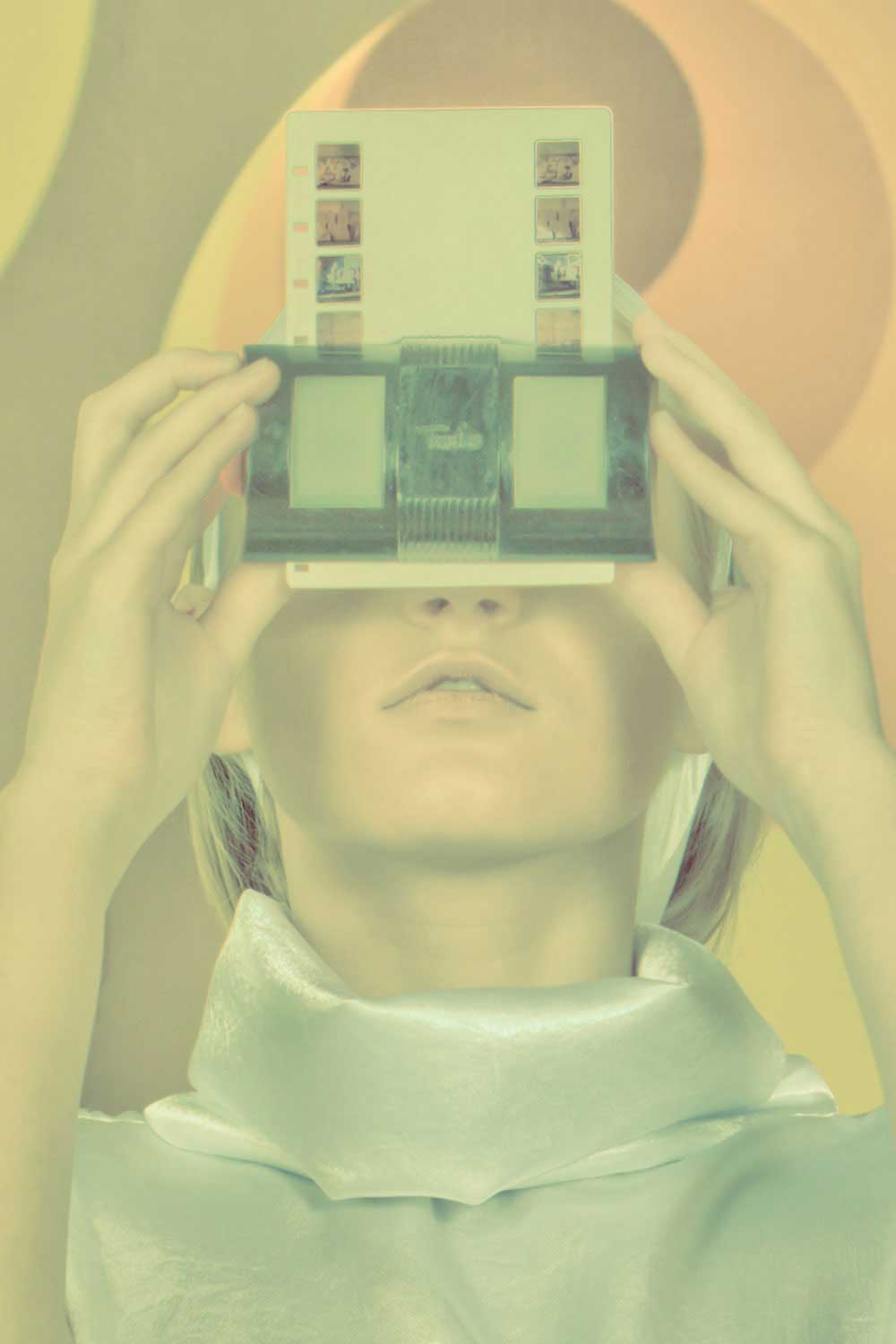
About Thomas H.P. Jerusalem
Thomas H.P. Jerusalem of MUTE Photography is a Chicago based German photographer. After living in Frankfurt, Germany and London, UK for several years, he relocated to Chicago, in 2004. Thomas H.P. Jerusalem is specialized in fashion and conceptual photography with a focus on magazine editorials and commercial work. His work has been published in the US and in international magazines including VOGUE Portugal, Italian VOGUE/PhotoVogue, FHM, ESTETICA, Dark Beauty, PLAYBOY, DODHO, Kaltblut. He is a PhotoVOGUE Gold Artist, and has been listed in the ONE LIFE 2012 Catalog and is represented by the prestigious New York agency Art+Commerce/VOGUE NYC and Motion Licensing, London UK and gallery represented with YELLOWKORNER and LemonFRAME.
His childhood during the Cold War in West Germany and his father’s over-sized NY Photo Academy books from the sixties influenced his style that emphasizes atmosphere and strong narrative. Thomas H.P. Jerusalem started his career with Street Photography and Photojournalism, both very expressive ways of photography that forged his distinctive sensitive approach.
His work includes dark romantic, high-fashion, avant-garde and vintage space-age fashion photography with an European touch. His models are often placed in surreal environments – devastated, displaced, out of the world. Their appearances eerie and edgy with rebel and punk influences. Often spiced with irony and sarcasm. But always with a strong meaning or statement. His photographs are strong and are telling stories. His portraits are capturing souls – not just faces. [Official Website]
Credits TO THE MOON … AND HOME
Models: Lena Seyfarth, Denisa Coca / Hair: Mary Harmon, Lindsey Olson, Alexander Gersch / Make-Up: Melissa Ann / Designer: C. Rinella Designs / Story by: Madison Rae Mientus / Concept/Photographer: Thomas H.P. Jerusalem – MUTE
Locations: Bat Cave Studio, St Charles/Chicago, IL USA / MUTE Studio, St Charles/Chicago, IL USA / NASA, Houston, TX USA / All images (c) by Thomas H.P. Jerusalem Photography, Inc, MUTE
Disclaimer: Control Center, Moon and Space footage photographed from Apollo TV broadcast from TV screen (c) by NASA




